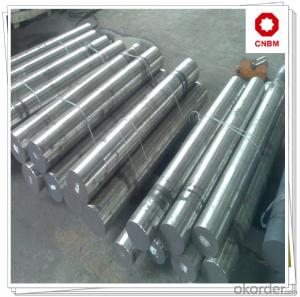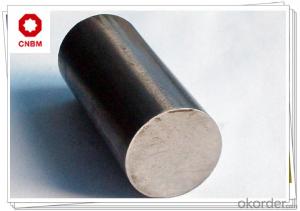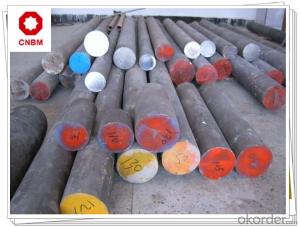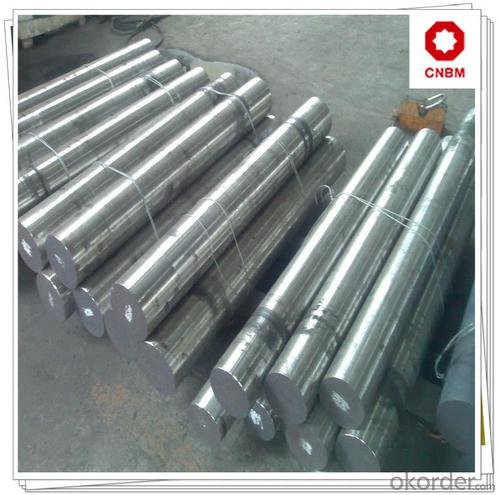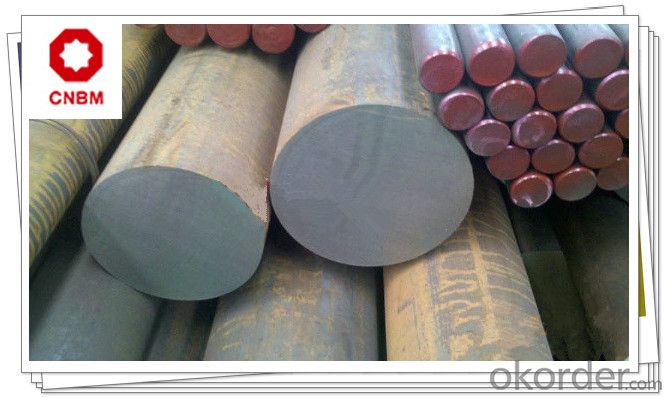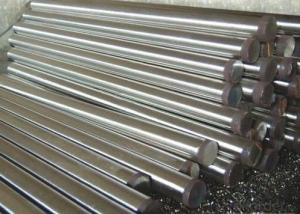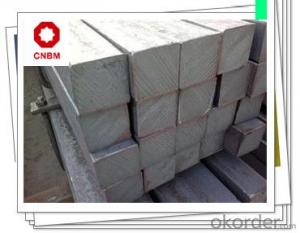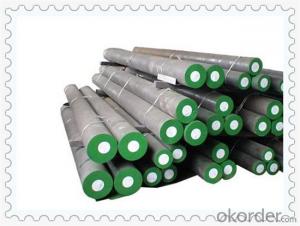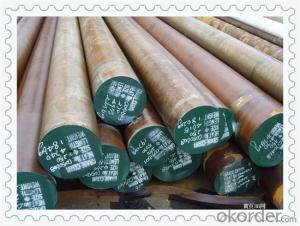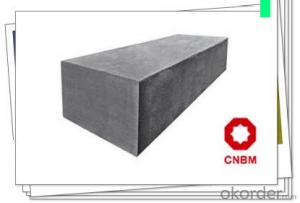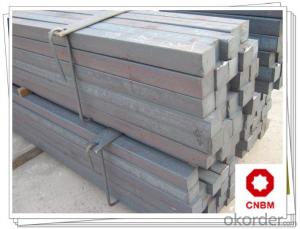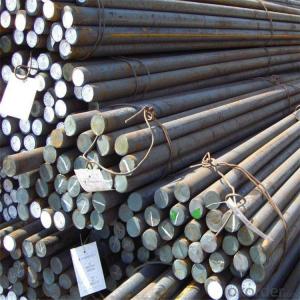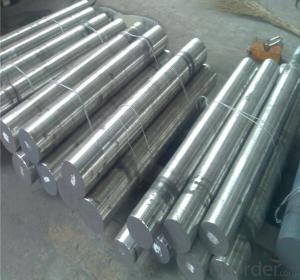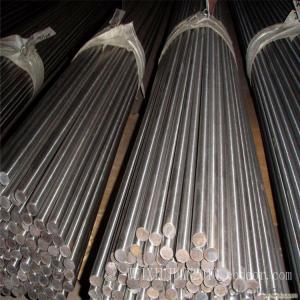Carbon Structural Steel Round Bars SAE1020CR
- Loading Port:
- China main port
- Payment Terms:
- TT OR LC
- Min Order Qty:
- 400 m.t.
- Supply Capability:
- 120000 m.t./month
OKorder Service Pledge
Quality Product, Order Online Tracking, Timely Delivery
OKorder Financial Service
Credit Rating, Credit Services, Credit Purchasing
You Might Also Like
Carbon Structural Steel Round Bars SAE1020CR
PRODUCT USE
1, can be used to produce various types of rivet, bolts and welding structural parts.
2, can be used to produce seamless pipes, mold, steel plate, U-steel and joist steel
PRODUCT MAIN POINTS
1, high quality with competitive price
2, certifictes are available
3, heat treatment specification: tempering, 910 ℃, air cooling
PRODUCT SHOW
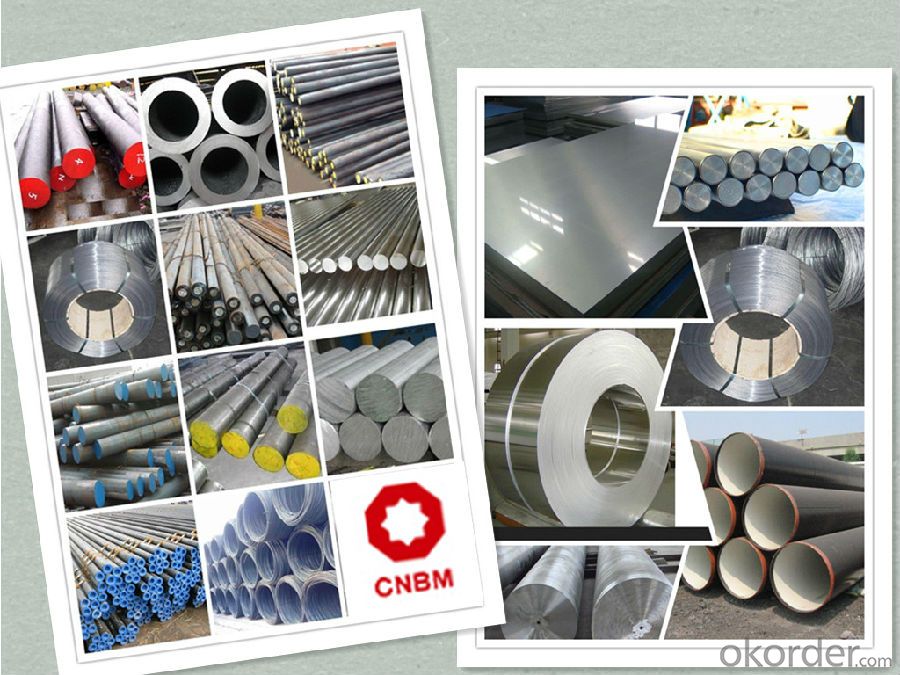
PRODUCT SPECIFICATION
1, Chemical Composition %
| Grade | C | Si | Mn | S | P | Cr | Ni | Cu |
| SAE1020CR | 0.17-0.24 | 0.17-0.37 | 0.35-0.65 | ≤0.035 | ≤0.035 | ≤0.25 | ≤0.25 | ≤0.25 |
2, Mechanical Properties
| Strength of Extension σb | Yield Strength σs | Elogation δ5 | Reduction of Area ψ | Hardness (no heat treatment) |
| ≥410(42) Mpa | ≥245(25) Mpa | ≥25 % | ≥55 % | ≤156HB |
ABOUT US

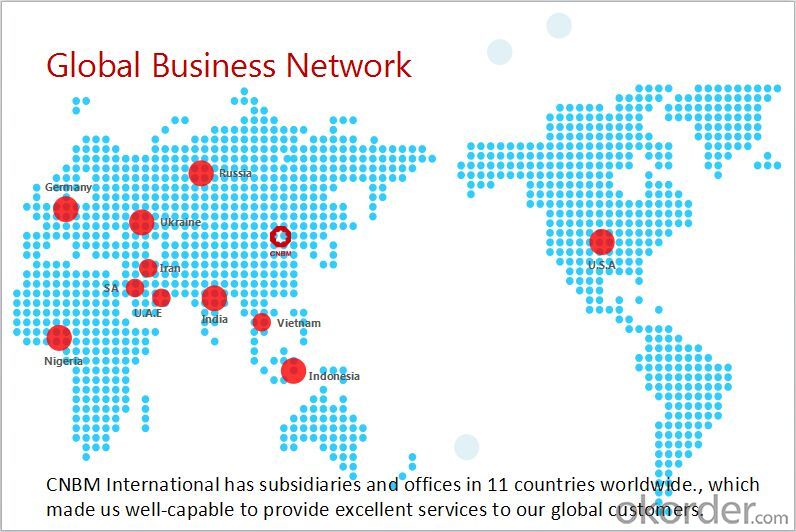
- Q: What are the different types of steel used in round bars?
- There are several types of steel commonly used in round bars, including carbon steel, alloy steel, stainless steel, and tool steel.
- Q: What is the difference between common wire and high-speed wire?
- The universal wire and high speed wire are the wire rods (bars) of the rolling mechanism.High wire: refers to the use of high-speed torsion mill rolling wire rod. The rolling speed of 80-160 M / s, each weight (disc) in 1.8-2.5 tons, tolerance of high precision (up to 0.02mm), in the rolling process by adjusting the process parameters (especially in the cooling line) to ensure the different requirements for the product.
- Q: What is the maximum length of a steel round bar?
- The length of a steel round bar can vary depending on several factors, including the bar's diameter, the manufacturing capabilities of the steel supplier, and transportation restrictions. Typically, steel round bars are made in standard lengths ranging from 6 to 12 meters (20 to 40 feet). However, it is possible to create longer bars through specialized processes or by combining multiple bars using welding techniques. In certain cases, it is possible to order custom-made steel round bars that exceed standard lengths, but this would necessitate making specific arrangements with the supplier and considering logistical and handling aspects during transportation. Ultimately, the maximum length of a steel round bar is determined by practical limitations and the specific requirements of the project or application.
- Q: Can steel round bars be used in manufacturing equipment?
- Yes, steel round bars can be commonly used in manufacturing equipment due to their high strength, durability, and versatility. They are often utilized as structural components, axles, shafts, and other critical parts in various industries such as automotive, construction, and machinery.
- Q: What are the different types of tests performed on steel round bars for quality control?
- There are several types of tests performed on steel round bars for quality control purposes. These tests help to ensure that the steel bars meet the required standards and specifications. Some of the common tests conducted on steel round bars include: 1. Tensile Test: This test evaluates the tensile strength, yield strength, and elongation properties of the steel bars. It involves applying a pulling force to the bar until it breaks, measuring the maximum force the bar can withstand, and determining the bar's ability to stretch without fracturing. 2. Hardness Test: The hardness test measures the resistance of the steel bar to indentation or scratching. It provides an indication of the bar's strength and durability. Common hardness tests include Rockwell, Brinell, and Vickers tests. 3. Chemical Composition Analysis: This test determines the chemical composition of the steel round bars, including the percentage of various elements such as carbon, manganese, sulfur, phosphorus, and others. It ensures that the bars meet the specified chemical composition requirements. 4. Ultrasonic Testing: Ultrasonic testing uses high-frequency sound waves to detect any internal defects or discontinuities within the steel bars. This non-destructive test helps identify cracks, voids, or other defects that may affect the bar's structural integrity. 5. Dimensional Inspection: This test ensures that the steel round bars meet the required dimensional tolerances, including diameter, length, and straightness. It involves using precision measuring instruments such as calipers, micrometers, and gauges to verify the bar's dimensions. 6. Surface Quality Examination: This test inspects the surface condition of the steel bars for any defects, such as cracks, pits, scratches, or other surface irregularities. It is crucial to ensure that the bars have a smooth and defect-free surface for proper functionality and safety. 7. Microstructure Analysis: Microstructure analysis involves examining the steel bar's internal structure under a microscope. It helps determine the grain size, inclusion content, and overall microstructural integrity of the bars. This analysis provides insights into the bars' mechanical properties and their ability to withstand various loads and stresses. By performing these tests, manufacturers can ensure that the steel round bars meet the required quality standards and are suitable for their intended applications.
- Q: How do you calculate the moment of inertia of a steel round bar?
- In order to determine the moment of inertia for a steel round bar, one must possess knowledge of the bar's dimensions and properties. The moment of inertia serves as a gauge for an object's resistance to rotational changes. The formula utilized to compute the moment of inertia for a solid cylindrical item, such as a round bar, is as follows: I = (π/4) * D^4, where I signifies the moment of inertia and D symbolizes the bar's diameter. Initially, ascertain the diameter of the steel round bar by means of a caliper or ruler. It is essential to measure the diameter at its broadest point, typically found at the center. Subsequently, input the measured diameter into the formula and calculate the moment of inertia. It is crucial to use the correct units for diameter, such as inches or millimeters, to maintain consistency with the formula. For instance, let's assume the diameter of the steel round bar measures 2 inches. By substituting this value into the formula: I = (π/4) * (2 inches)^4 = (π/4) * 16 inches^4 = 4π inches^4. Therefore, the moment of inertia for the steel round bar with a diameter of 2 inches equals 4π inches^4. It is imperative to recognize that this formula assumes a solid cylindrical shape devoid of any alterations in diameter or hollow sections. If the round bar presents variations in diameter or is hollow, the moment of inertia calculation becomes more intricate and necessitates additional considerations.
- Q: Can steel round bars be anodized?
- No, steel round bars cannot be anodized. Anodizing is a process that is specific to aluminum and its alloys.
- Q: What is the maximum molybdenum content allowed for steel round bars?
- The maximum molybdenum content allowed for steel round bars varies depending on the grade and specific requirements of the steel. Generally, the maximum molybdenum content for standard carbon and alloy steels is around 0.25-0.30%. However, for high-performance steels such as tool steels or stainless steels, the maximum molybdenum content can be higher, ranging from 1-10%, depending on the specific grade and application. It is crucial to consult the relevant industry standards, specifications, or material data sheets to determine the precise maximum molybdenum content allowed for a specific steel round bar.
- Q: Can steel round bars be used in high-pressure applications?
- Indeed, high-pressure applications can make use of steel round bars. Notably recognized for their robustness and endurance, steel round bars are well-suited for a range of industrial and mechanical uses. Their capacity to endure immense pressure while offering structural stability has rendered them a favored option in industries like oil and gas, construction, and manufacturing. Nonetheless, selecting the appropriate grade and quality of steel round bars is crucial to guarantee they can withstand the precise pressure demands of the given application.
- Q: What are the different types of steel used in round bars?
- There are several types of steel commonly used in round bars, including carbon steel, alloy steel, stainless steel, and tool steel.
Send your message to us
Carbon Structural Steel Round Bars SAE1020CR
- Loading Port:
- China main port
- Payment Terms:
- TT OR LC
- Min Order Qty:
- 400 m.t.
- Supply Capability:
- 120000 m.t./month
OKorder Service Pledge
Quality Product, Order Online Tracking, Timely Delivery
OKorder Financial Service
Credit Rating, Credit Services, Credit Purchasing
Similar products
Hot products
Hot Searches
Related keywords
